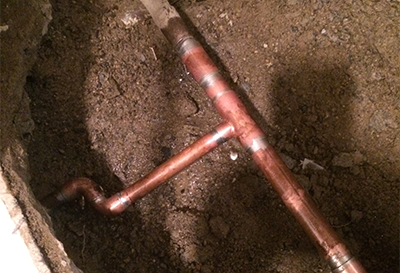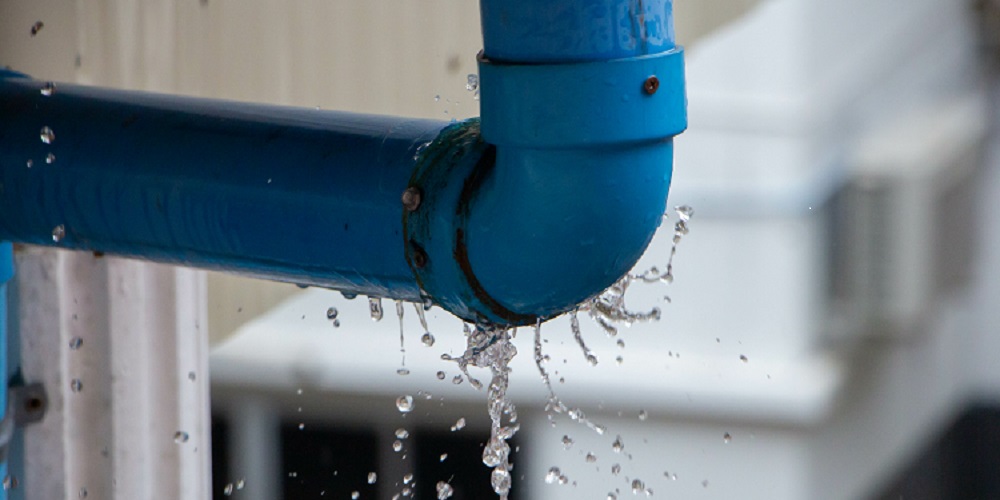Guide To Water Leak Detection In The House
Guide To Water Leak Detection In The House
Blog Article
Everyone maintains his or her own rationale with regards to Leaking water lines.

Early detection of leaking water lines can mitigate a possible catastrophe. Some tiny water leakages may not be visible.
1. Examine the Water Meter
Every house has a water meter. Checking it is a surefire manner in which aids you find leakages. For starters, turn off all the water sources. Make sure no person will certainly flush, make use of the faucet, shower, run the washing maker or dish washer. From there, most likely to the meter and watch if it will certainly alter. Since no one is utilizing it, there should be no activities. That suggests a fast-moving leak if it relocates. If you discover no adjustments, wait an hour or two and examine back once again. This indicates you might have a slow-moving leakage that might even be below ground.
2. Inspect Water Consumption
If you find abrupt changes, despite your usage being the same, it indicates that you have leaks in your plumbing system. An unexpected spike in your costs indicates a fast-moving leak.
A constant increase every month, even with the same routines, reveals you have a slow leakage that's likewise slowly rising. Call a plumber to thoroughly examine your residential property, particularly if you really feel a warm area on your floor with piping beneath.
3. Do a Food Coloring Examination
30% comes from bathrooms when it comes to water intake. Test to see if they are running correctly. Decrease specks of food shade in the container and also wait 10 minutes. If the color somehow infiltrates your bowl throughout that time without flushing, there's a leak in between the container and also bowl.
4. Asses Outside Lines
Don't fail to remember to examine your outdoor water lines too. Test faucets by connecting a garden hose pipe. Ought to water seep out of the link, you have a loose rubber gasket. Replace this as well as make certain all connections are tight. If you have actually got a lawn sprinkler, it will aid get it professionally took a look at as well as maintained every year. One little leakage can squander tons of water as well as spike your water costs.
5. Examine as well as Assess the Circumstance
Home owners should make it a routine to inspect under the sink counters as well as even inside cabinets for any kind of bad odor or mold growth. These two red flags suggest a leak so prompt attention is called for. Doing regular examinations, even bi-annually, can conserve you from a significant issue.
Inspect for discolorations and compromising as many pipelines and also home appliances have a life expectancy. If you think dripping water lines in your plumbing system, don't wait for it to rise.
Early discovery of dripping water lines can minimize a potential calamity. Some small water leakages might not be visible. Checking it is a guaranteed method that helps you uncover leakages. One small leak can throw away loads of water and surge your water expense.
If you think leaking water lines in your plumbing system, don't wait for it to intensify.
WARNING SIGNS OF WATER LEAKAGE BEHIND THE WALL
PERSISTENT MUSTY ODORS
As water slowly drips from a leaky pipe inside the wall, flooring and sheetrock stay damp and develop an odor similar to wet cardboard. It generates a musty smell that can help you find hidden leaks.
MOLD IN UNUSUAL AREAS
Mold usually grows in wet areas like kitchens, baths and laundry rooms. If you spot the stuff on walls or baseboards in other rooms of the house, it’s a good indicator of undetected water leaks.
STAINS THAT GROW
When mold thrives around a leaky pipe, it sometimes takes hold on the inside surface of the affected wall. A growing stain on otherwise clean sheetrock is often your sign of a hidden plumbing problem.
PEELING OR BUBBLING WALLPAPER / PAINT
This clue is easy to miss in rooms that don’t get much use. When you see wallpaper separating along seams or paint bubbling or flaking off the wall, blame sheetrock that stays wet because of an undetected leak.
BUCKLED CEILINGS AND STAINED FLOORS
If ceilings or floors in bathrooms, kitchens or laundry areas develop structural problems, don’t rule out constant damp inside the walls. Wet sheetrock can affect adjacent framing, flooring and ceilings.
https://www.servicemasterbyzaba.com/blog/how-to-detect-water-leakage-in-walls/

As a fervent person who reads on Leaking water lines, I thought sharing that excerpt was smart. Liked our content? Please share it. Let someone else find it. Thank-you for taking the time to read it.
Report this page